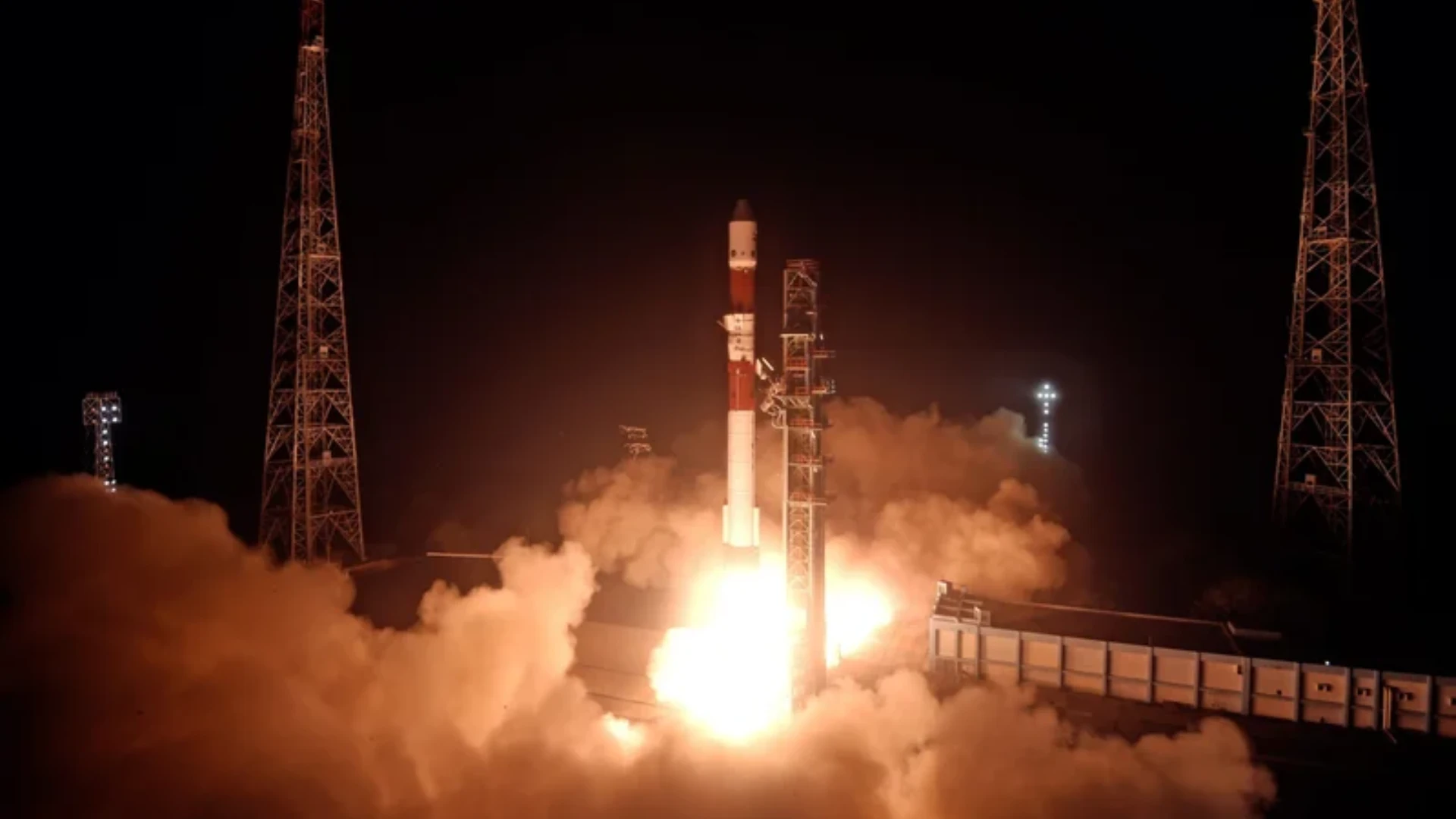In a major achievement, the Indian Space Research Organisation (ISRO) successfully carried out a docking trial as part of its Space Docking Experiment (SpaDeX) mission. On Sunday, January 12, ISRO confirmed that two Indian satellites approached each other within just three meters, marking a significant milestone in the country’s space exploration journey. The mission, which aims to establish India as the fourth nation to successfully dock satellites, is poised to open doors for more ambitious space endeavors.
The two satellites, SDX01 (Chaser) and SDX02 (Target), launched on December 30 via the PSLV C60 rocket, are currently orbiting Earth at an altitude of 475 kilometers. The latest trial saw both satellites, which are equipped with the Bhartiya Docking System, gradually closing in on each other. After reaching the critical three-meter proximity, the spacecrafts were moved back to a safe distance for further analysis.
ISRO’s Space Docking Experiment is a complex and highly sensitive procedure, requiring precision and meticulous maneuvering to achieve what the organization calls an “exciting handshake” between the two satellites. The two spacecrafts captured images and videos of each other from a distance of 15 meters before initiating the docking procedure. These images and the data gathered will now undergo detailed analysis to ensure the next steps are carried out with utmost precision.
What Does The Success Of The SpaDeX Mission Mean?
The SpaDeX mission represents India’s first attempt at satellite docking, and its success could lead to advancements in space exploration technologies, including the future development of the Bharatiya Antariksh Station and the Chandrayaan 4 mission. The docking trial was initially delayed twice, as ISRO emphasized the importance of ensuring the calibration of sensors and testing all necessary algorithms and scenarios before proceeding with autonomous docking commands.
ISRO Chief Dr. S. Somnath had earlier highlighted the challenges of the first-ever docking attempt, stressing the need for rigorous testing to ensure the safety and success of the mission. Once the satellites complete the docking procedure, they will function as a single entity, with electrical power being transferred between them to verify the success of the process. The docking will be deemed successful once the satellites are undocked and resume their independent operations.
With the latest trial completed, the next phase of the mission will involve the satellites gradually approaching each other once again at a speed of just 10 millimeters per second. As ISRO continues to monitor and analyze the data, the upcoming docking process is expected to mark another historic achievement for India in space exploration.
ALSO READ: ISRO To Make History, SpaDeX All Set For Exciting Handshake In Orbit




